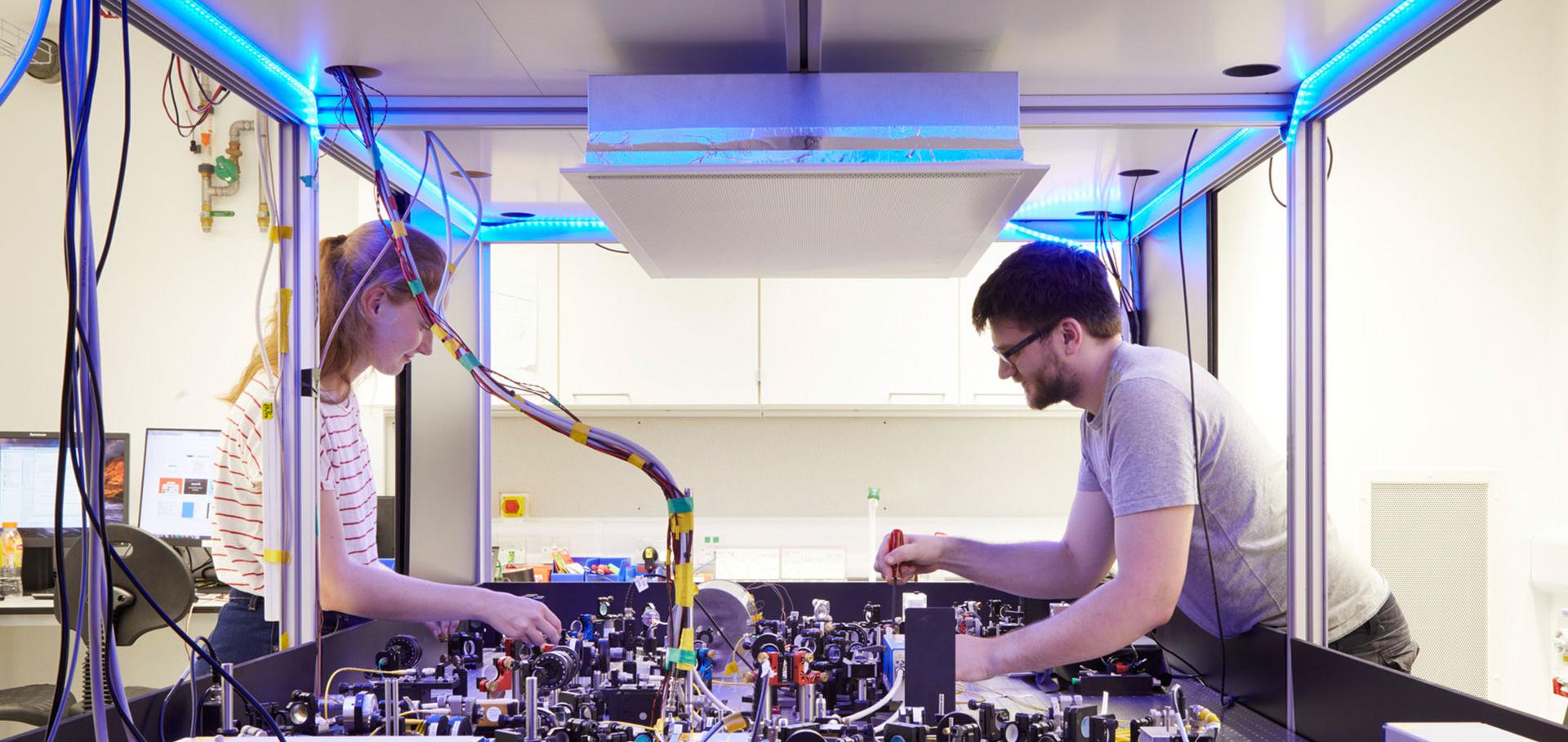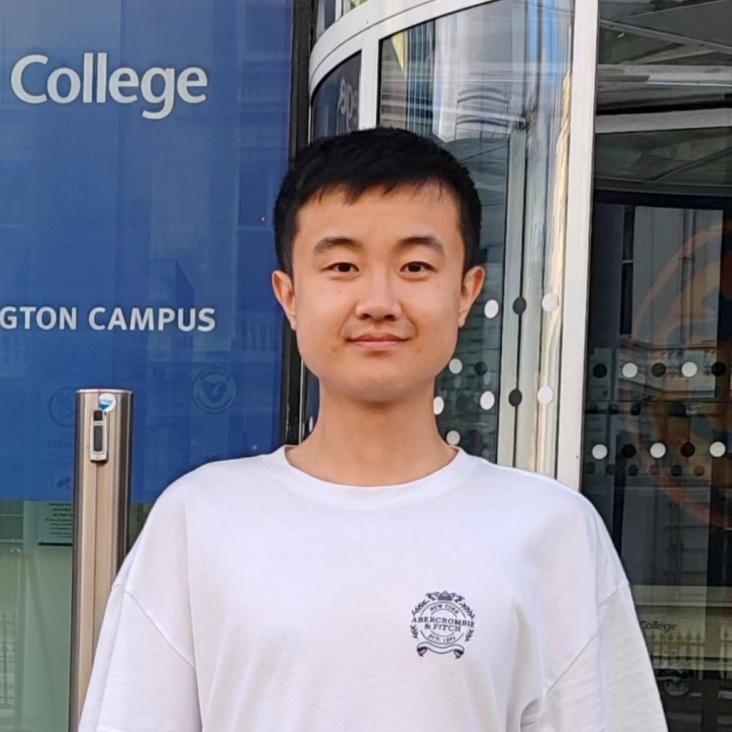Two measurement bases are asymptotically informationally complete for any pure state tomography
ArXiv 2501.17061 (2025)
Ferromagnetic interlayer coupling in FeSe1−xSx superconductors revealed by inelastic neutron scattering
Physical Review B (condensed matter and materials physics) American Physical Society 110:17 (2024) 174503
Abstract:
FeSe1-xSx superconductors are commonly considered layered van der Waals materials with negligible interlayer coupling. Here, using inelastic neutron scattering to study spin excitations in single-crystal samples, we reveal that the magnetic coupling between adjacent Fe layers is ferromagnetic in nature, making the system different from most unconventional superconductors including iron pnictides. The weak interlayer coupling is estimated to be Jc∼ 0.2 meV, in agreement with the short spin-spin correlation length ζc∼0.2c along the c axis. The results provide an experimental basis for establishing a microscopic theoretical model to describe the absence of magnetic order in FeSe1-xSx.Experimental quantum computational chemistry with optimized unitary coupled cluster ansatz
Nature Physics Springer Nature 20:8 (2024) 1240-1246
Purification and correction of quantum channels by commutation-derived quantum filters
(2024)
High-precision and low-depth eigenstate property estimation: theory and resource estimation
ArXiv 2406.04307 (2024)


